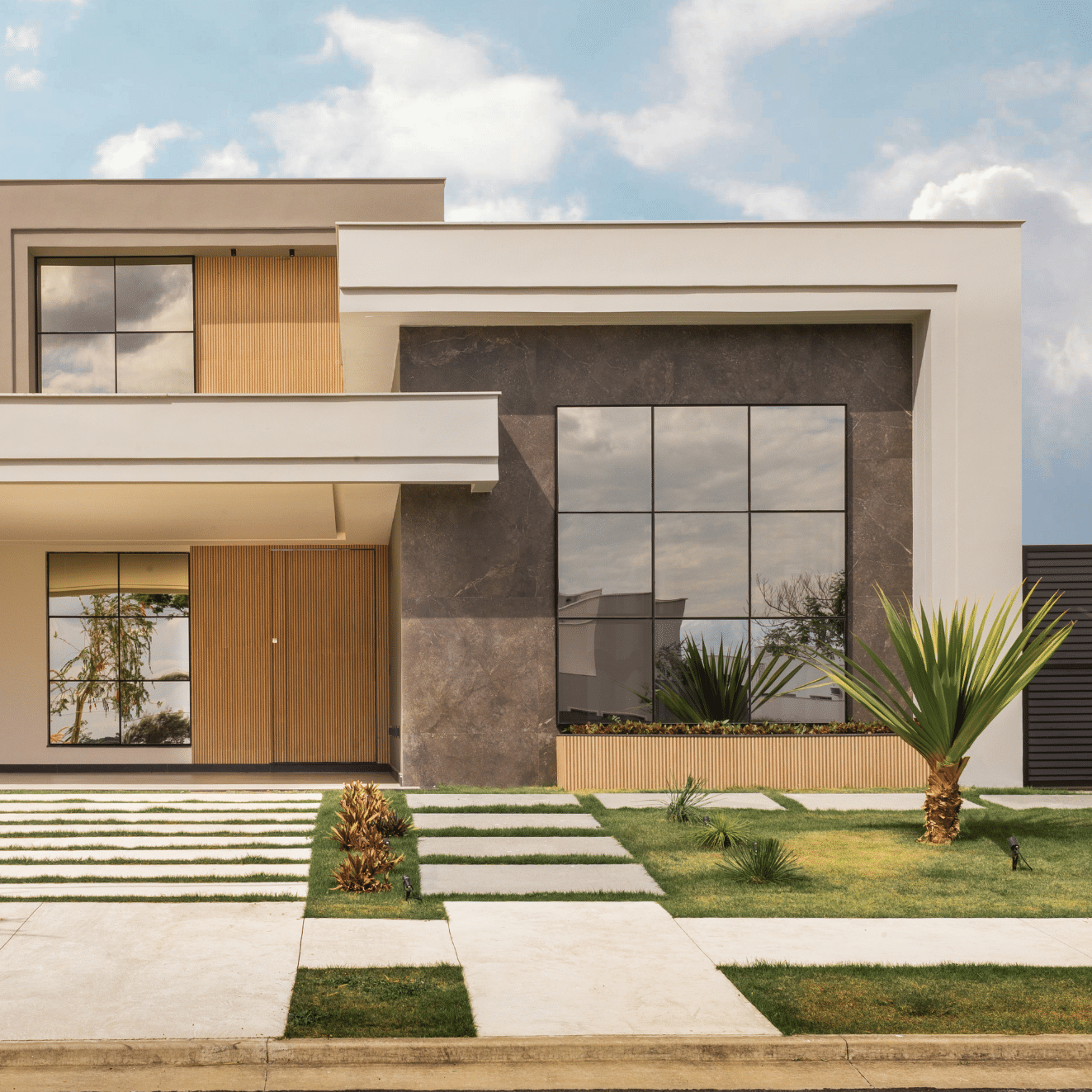Home Repairs 101: Costly Maintenance Issues to Watch For
Owning a home comes with its fair share of responsibilities, and one of the most crucial is staying on top of maintenance issues. Neglecting these problems can lead to costly repairs down the line, affecting both the comfort and value of a property. From foundation issues to roofing concerns, homeowners need to be vigilant about potential trouble spots that could drain their finances.
Australian homeowners face unique challenges when it comes to home repairs, with climate and local conditions playing a significant role. This article delves into the most expensive maintenance issues to watch for, including foundation problems, roof repairs, HVAC system failures, plumbing and sewer issues, and electrical system rewiring. By understanding these potential pitfalls, homeowners can take steps to prevent major expenses and keep their properties in top shape for years to come.
Foundation Problems

Foundation issues can be a homeowner’s worst nightmare, potentially leading to costly repairs and compromising the structural integrity of a property. In Australia, where unique climate conditions and soil types play a significant role, it’s crucial to be vigilant about foundation health.
Foundation Problems Signs
Several indicators can suggest foundation issues. Cracks in walls and floors are common signs, particularly those between 1 mm and 5 mm wide, which should be monitored over a full year in various weather conditions [1]. Cracks wider than 5 mm are considered significant and may require substantial repairs [1]. Other signs include doors and windows that stick or won’t shut properly, uneven or sloping floors, and visible gaps where walls meet ceilings or floors [2].
Foundation Problems Costs
The cost of foundation repairs in Australia can vary widely, typically ranging from $3,500 to $25,000, with extreme cases exceeding $60,000 [3]. Factors influencing the cost include the extent of damage, type of foundation, and necessary repair methods. For instance, repairing cracks can cost between $35 and $1,000, while addressing a sinking foundation may range from $5,300 to $17,000 [4].
Foundation Problems Prevention
To prevent foundation issues, homeowners should ensure proper drainage around the property. The yard should be graded at least 6 inches in 10 feet, sloping away from the house [5]. Downspouts should direct water 5 to 10 feet away from the foundation [5]. Regular maintenance, such as promptly repairing leaks and maintaining consistent soil moisture, can help prevent foundation problems [1]. Additionally, avoiding planting trees too close to the house and being cautious with excavations near the foundation can mitigate potential issues [1].
Roof Repairs and Replacements

Roof Repairs Signs
Homeowners should be vigilant for signs of roof damage to prevent costly repairs. Common indicators include missing or broken shingles, cracked or curled shingles, and moss or algae growth [6]. Sagging areas on the roof can signify structural damage or excessive weight from debris or water accumulation [6]. Early detection is crucial, so look out for granules in gutters, dark streaks on the roof, and signs of wear around chimneys, vents, and skylights [6].
Roof Repairs Costs
In Australia, roof repair costs can vary significantly. Specialists may charge hourly rates ranging from $40 to $90 or more, while square-metre quotes average between $15 to $35 per sqm [7]. Factors influencing costs include roof type, repair permits, scope of repairs, existing water damage, and the presence of chimneys or skylights [7]. The complexity of the roof design and the time of year also affect pricing [7].
Roof Repairs Prevention
To prevent roof damage, regular maintenance is essential. This includes periodic inspections, cleaning gutters and downspouts, and trimming overhanging branches [6]. Applying roof sealant and paint can protect against weather-related wear [6]. Proper ventilation is vital for reducing moisture levels and preventing issues like mould accumulation and sagging plywood [8]. By investing in consistent maintenance, homeowners can extend their roof’s lifespan, delay the need for replacement, and save on long-term costs [6].
HVAC System Failures

HVAC System Failures Signs
Homeowners should be vigilant for signs of HVAC system failures. Common indicators include excessively long running times, inability to maintain temperature within a reasonable range, and odd noises such as screeches, bangs, or clanks [9]. Weak or inconsistent airflow from vents, frequent system cycling, and uneven heating or cooling of rooms are also warning signs [9]. Additionally, bad smells like mouldy or burning odours, and higher electricity bills can signal potential issues [9].
HVAC System Failures Costs
In Australia, HVAC repair costs can vary significantly. Basic repairs might cost between $100 to $1,200, while more extensive damage can reach $2,500 or more [10]. Air conditioning repairs typically range from $100 to $650, but major issues could cost up to $5,000 for a full condenser replacement [10]. Furnace repairs average $300 but can go up to $1,200 depending on the problem [10]. Heat pump repairs average $550 but can reach $3,000 for compressor issues [10].
HVAC System Failures Prevention
Regular maintenance is crucial to prevent HVAC failures. This includes changing air filters every one to three months, cleaning coils, and lubricating moving parts [11]. Scheduling bi-annual professional maintenance checks can help diagnose issues early, potentially saving on costly repairs [12]. Installing a smart thermostat can optimise heating and cooling based on family habits, reducing unnecessary energy consumption [12]. Ensuring proper insulation, particularly around windows and doors, can significantly reduce the load on your HVAC system [12].
Plumbing and Sewer Issues

Plumbing and Sewer Issues Signs
Homeowners should be alert to signs of plumbing and sewer problems. Common indicators include slow drains, clogged toilets, and sewage backing up [13]. Unusual sounds from pipes, such as bangs or screeches, can suggest air in the system [14]. Low water pressure throughout the house may indicate leaks or clogs in multiple locations [14]. Foul odours, particularly a rotten egg smell, could signal a blocked drain vent allowing sewer gas to enter the home [14]. Brownish stains on ceilings or warped walls and floors might indicate hidden leaks [14].
Plumbing and Sewer Issues Costs
In Australia, plumbing repair costs vary widely. Basic repairs might range from $100 to $1,200, while extensive damage can reach $2,500 or more [10]. Sewer main repairs typically cost between $1,000 and $6,000, depending on the extent of damage and accessibility [15]. For more severe cases requiring full sewer line replacement, costs can range from $5,000 to $20,000 [15]. Trenchless sewer line replacement, a less invasive option, is also available but costs can vary [15].
Plumbing and Sewer Issues Prevention
To prevent plumbing and sewer issues, regular maintenance is crucial. Homeowners should practise proper toilet hygiene, avoiding flushing anything but toilet paper [13]. Grease, fats, and oils should never be poured down drains [13]. Regular inspections by qualified plumbers can catch small issues before they become major problems [13]. Be cautious of tree roots near sewer lines, as they can cause backups [13]. For properties with an Overflow Relief Gully (ORG), proper maintenance is essential [16]. During wet weather, be aware that large volumes of stormwater can lead to sewer overflows [16].
Electrical System Rewiring

Electrical System Rewiring Signs
Homeowners should be vigilant for signs indicating the need for electrical system rewiring. Common indicators include flickering or dimming lights, regularly blown fuses, and discoloured outlets or switches [17]. A faint smell of burning, fluctuations in power, and a growing reliance on extension cords are also warning signs [17]. If residents experience an electric shock when touching a cord or notice tripping circuit breakers, it’s crucial to have the system inspected [17].
Electrical System Rewiring Costs
In Australia, the cost of rewiring a house varies significantly based on factors such as the property’s size, wiring complexity, and location. On average, homeowners can expect to pay between $3,000 and $12,000 for a complete rewiring project [18]. For a 3-bedroom house, costs typically range from $3,000 to $10,000 [19]. Copper wiring, a common choice, costs around $600 to $650, while an electrician’s hourly rate can vary between $35 and $110 [19].
Electrical System Rewiring Prevention
To prevent electrical issues, homeowners should practise proper electrical safety. This includes avoiding overloading outlets, regularly checking power cords for damage, and ensuring proper air circulation around electrical equipment [20]. Installing Ground Fault Circuit Interrupters (GFCIs) can help prevent electrical incidents [21]. For homes over 40 years old, it’s advisable to have the wiring inspected and potentially updated to comply with current electrical standards [17].
Conclusion
Home maintenance issues can have a significant impact on Australian homeowners’ finances and peace of mind. This article has shed light on some of the most costly repairs, including foundation problems, roof repairs, HVAC system failures, plumbing and sewer issues, and electrical system rewiring. By understanding these potential pitfalls, homeowners can take steps to prevent major expenses and keep their properties in top shape for years to come.
Being proactive about maintenance and staying alert to early warning signs can save homeowners substantial amounts of money in the long run. Regular inspections, timely repairs, and proper upkeep are key to avoiding these costly issues. By investing in preventive measures and addressing small problems before they escalate, Australian homeowners can protect their properties and their wallets, making sure their homes remain safe, comfortable, and valuable for years to come.
FAQs
What repairs are likely to cost the most for homeowners?
The ten most expensive types of home repairs include siding, storm damage, foundation issues, heating and cooling equipment, sewer line repairs, roof repairs, driveway repairs, and termite damage. Termite damage, in particular, can be very costly as termites can destroy wooden floors, rafters, and walls, leading to significant replacement costs.
What is the most crucial aspect of maintaining a home?
The most critical maintenance tasks to ensure your home remains safe and functional include clearing gutters every spring and autumn, servicing and inspecting the HVAC system biannually and changing its filters monthly, unclogging plumbing, and checking for any leaks or damaged pipes.
Which house repairs are most frequently needed?
Common home repairs often involve the HVAC system, plumbing, electrical systems, termite damage, and water damage. Awareness of these common issues can help homeowners anticipate costs. Additionally, low-cost preventive actions like gutter cleaning can significantly reduce overall repair expenses.
What common errors should be avoided in home maintenance?
Some typical home maintenance errors include neglecting seemingly minor issues, failing to prepare the home for winter, and improperly timing the trimming of trees. These mistakes can lead to bigger problems and higher maintenance costs in the long run.
References
[1] – https://auspost.com.au/home-contents-insurance/information-and-guides/top-20-most-common-home-maintenance-problems
[2] – https://www.structuredfoundation.com/blog/10-warning-signs-of-foundation-problems/
[3] – https://www.rectify.com.au/how-much-does-foundation-repair-cost/
[4] – https://www.forbes.com/home-improvement/foundation/foundation-repair-cost/
[5] – https://www.houselogic.com/organise-maintain/home-maintenance-tips/how-to-avoid-foundation-problems/
[6] – https://www.aptroofing.com.au/how-to-spot-signs-that-your-roof-needs-repair/
[7] – https://hipages.com.au/article/how_much_does_roof_repair_cost
[8] – https://tombyerroofingservice.com/4-crucial-tips-help-avoid-roof-damage/
[9] – https://www.quora.com/What-are-the-common-signs-of-a-failing-HVAC-system
[10] – https://www.forbes.com/home-improvement/hvac/hvac-repairs-cost/
[11] – https://www.tjfannon.com/blog/hvac/6-most-common-hvac-system-issues-and-how-to-prevent-them/
[12] – https://www.marathonhvac.com/common-causes-hvac-system-failures/
[13] – https://horncastleplumbing.com.au/prevent-sewer-backup-and-blocked-drains-with-these-5-tips/
[14] – https://bellbroshvac.com/blog/tell-plumbing-bad-signs-symptoms-failing-pipes/
[15] – https://www.rapidresponseplumbingandelectricalgroup.com.au/how-much-does-a-sewer-repair-cost/
[16] – https://www.hunterwater.com.au/home-and-business/information-for-homes/your-sewer-service/stop-problems-occurring
[17] – https://allelectrics.com.au/domestic/signs-your-house-needs-rewiring/
[18] – https://calibreconnect.com.au/how-much-does-it-cost-to-rewire-a-house-in-australia/
[19] – https://hipages.com.au/article/how_much_does_it_cost_to_rewire_a_house
[20] – https://www.constellation.com/energy-101/electrical-safety-tips.html
[21] – https://safetyculture.com/topics/electrical-hazards/10-electrical-safety-rules/


















